A Simulationist's Framework
for Business Analysis
Part 14:
Business Analysis Techniques
from the BABOK
R.P. Churchill
CBAP, PMP, CSPO, CSM, A-CSDLean Six Sigma Black Belt
www.rpchurchill.com/presentations/TWSLseries/14_Techniques www.rpchurchill.com | Portfolio | Presentations
30 Years of Simulation
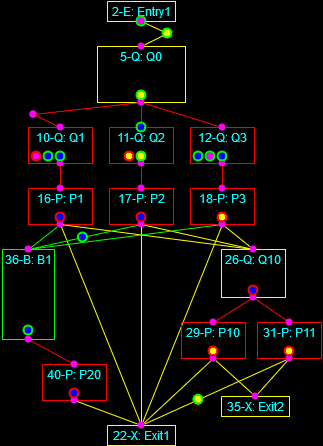
Continuous simulation of the heating of a square billet and Discrete-Event simulation of a multi-phase process.
30 Years of Simulation
|
Industries
|
|
|
More BABOK Techniques
Last week we discussed a bunch of artifacts that can be generated during an engagement supported by business analysts and other participant. Many techniques are described in the BABOK (chapter 10 in the 3rd edition)
This week we'll cover many of the others.
Note the links to articles describing most techniques in greater detail. These will eventually be linked to videos of Tampa IIBA study group discussions, as well.
Prioritization and Backlog Management
Many practitioners identify and define items that go in the backlog. Product owners work with stakeholders to elaborate on and prioritize items within the backlog. Designers and implementors then work the highest priority items.
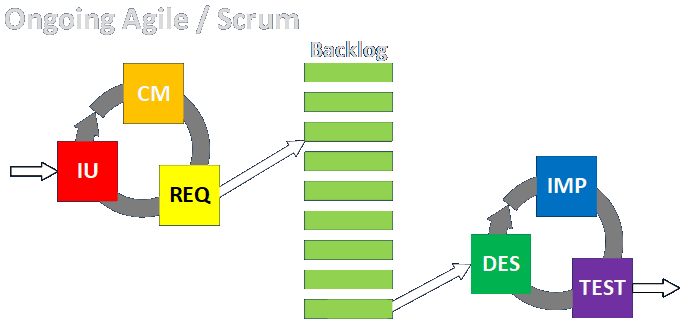
Items may be prioritized based on many criteria including include business value, stakeholder needs, technical dependencies, available resources, and others.
Items in the backlog may exist at different levels of maturity, granularity, and clarity. The items at the top (or front) of the backlog queue should be clear, defined, granular, and complete so they may be worked on with minimal clarification or additional guidance.
Link to detailed discussion.
Estimation
Estimation is used to try to predict future outcomes related the the iron triangle elements of time, money, and, to a lesser degree quality (or features or performance). The BABOK essentially only discusses the first two.
Methods include Top-Down vs. Bottom-Up, Parametric, Rough Order of Magnitude, Rolling Wave, Delphi, and PERT.
The most important thing to know about estimation is that it tends to be more accurate when more information is available.
It's also true that estimates are more accurate if there is more experience from analogous situations. (new product launch vs. demographics supporting new Costco store )
Link to detailed discussion.
Item Tracking
Item tracking is how participants in an effort monitor what concerns, issues, and tasks are valid and need to be addressed, and who has responsibility. Items can arise in any phase of an engagement and be tracked through any other phase.
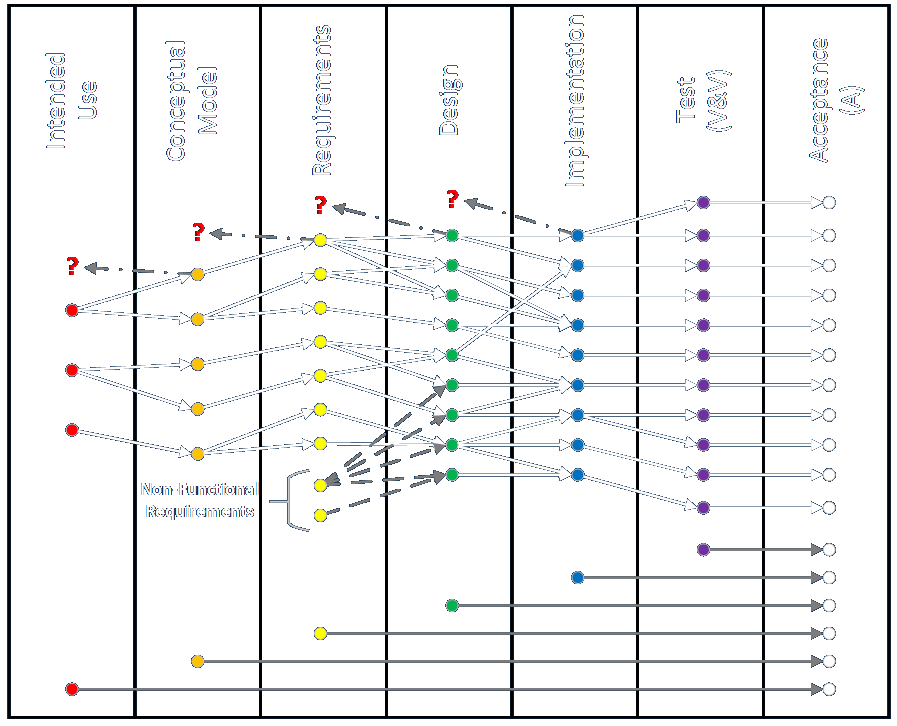
Elements may be tracked using many methods. Jira and Rally are oft-used shared systems, but many others exist. Punch lists are common near the end of an engagement.
Elements of tracked items may include Identifier, Summary, Category, Type, Date Identified, Identified By (Person), Impact, Priority, Resolution Date, Owner, Resolver, Agreed Strategy, Status, Resolution Update, and Escalation Matrix.
Link to detailed discussion.
Lessons Learned
Per the BABOK, "The purpose of the lessons learned process is to compile and document successes, opportunities for improvement, failures, and recommendations for improving the performance of future projects or project phases."
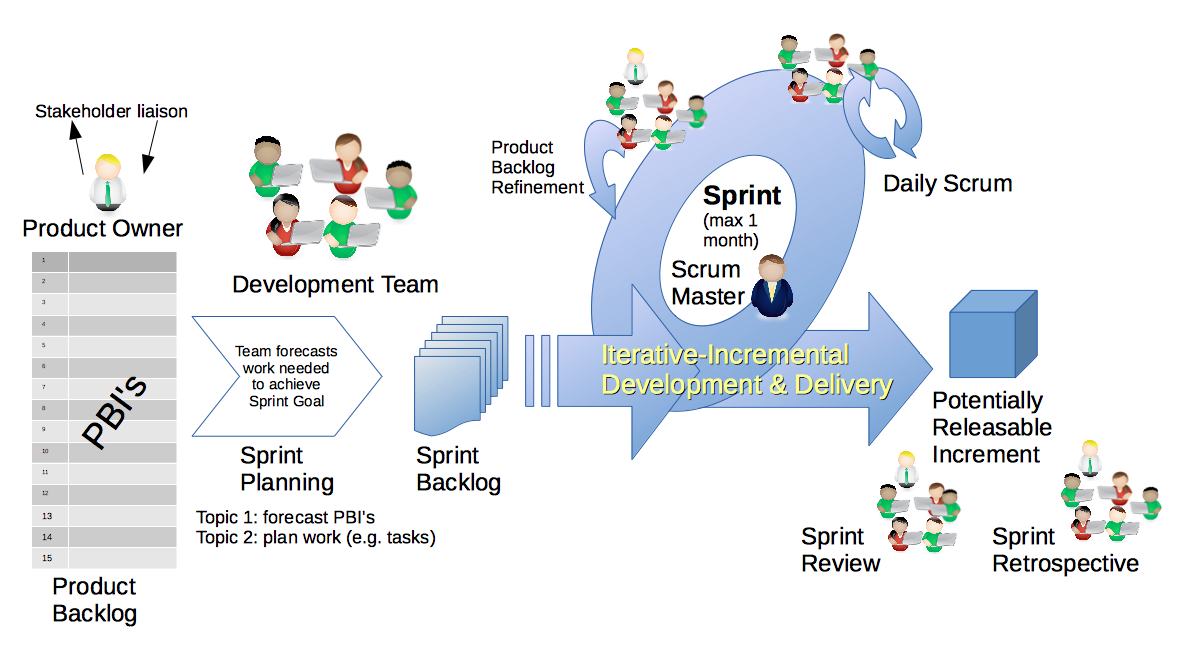
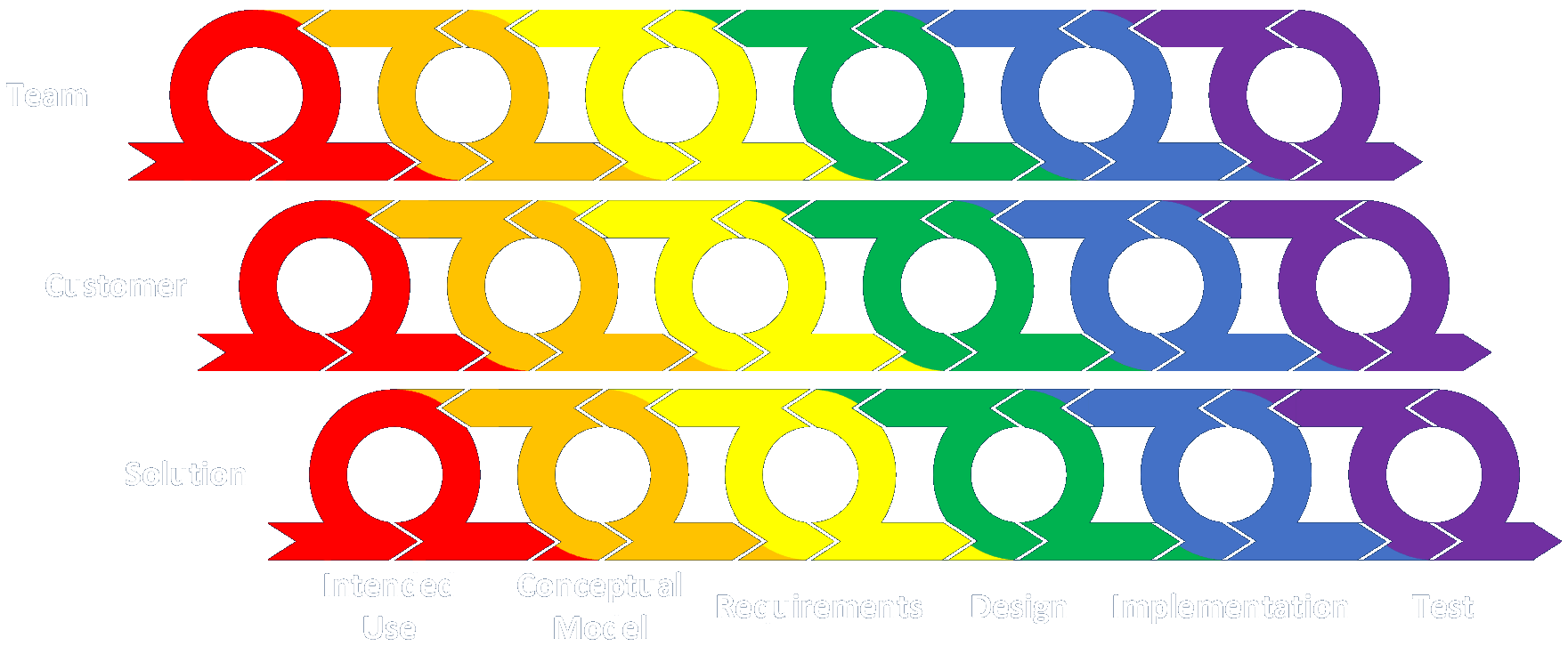
Lessons can be discussed and recorded at any time, but tend to be considered at the end of some increment like a sprint, phase, deliverable, project, or program.
Lessons can be learned about all facets of an environment or engagement.
Link to detailed discussion.
Reviews
Reviews happen continuously as part of the iteration within and between phases.

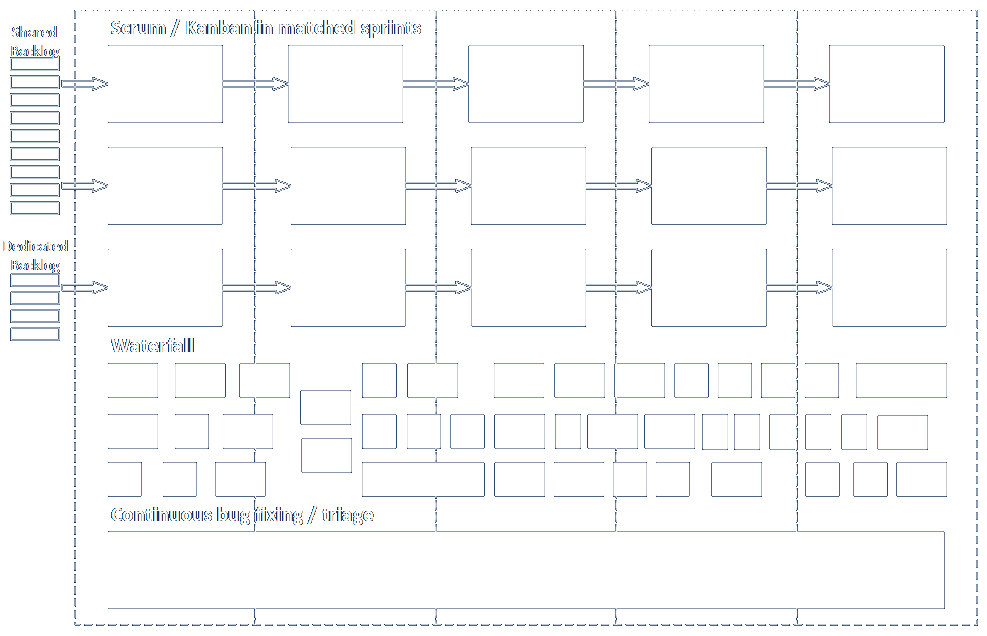
Reviews are used to keep all items in synch as they are tracked in a traceability matrix.
They are similarly employed to align work in larger efforts involving many parallel teams (esp. using different methods as in the SAFe framework).
Link to detailed discussion.
Acceptance and Evaluation Criteria
Acceptance criteria are used to determine whether items meet needs identified by users and organizations.
Acceptance criteria are evaluated through every phase of interaction with the customer and through the process of traceability.
Functional requirements are more likely to be evaluated using discernible go/no-go criteria; non-functional requirements less so.
Evaluation criteria are used to compare many prospective solutions.
If potential solutions are very different and provide different benefits, a hybrid, multiplicative scoring approach may be needed to incorporate individual weightings.
Objective evaluation criteria may not exist, in which case entrepreneurial judgment must be used.
Link to detailed discussion.
Metrics and KPIs
Metrics and KPIs indicate how an operation performs relative to trend or a defined goal. They may be point values (95% uptime), ranges (within 1% of target), probabilities (< 15 min wait, 85% of the time), or derived from other calculations.
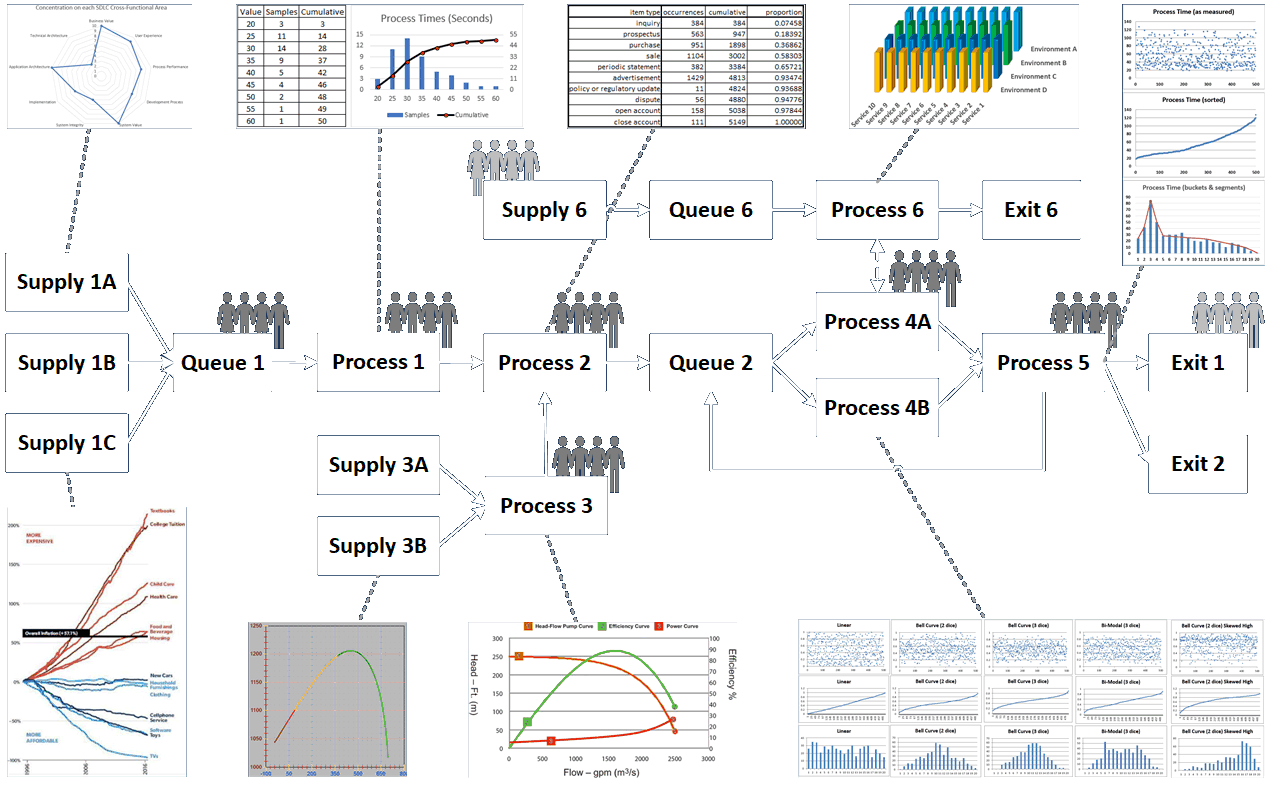
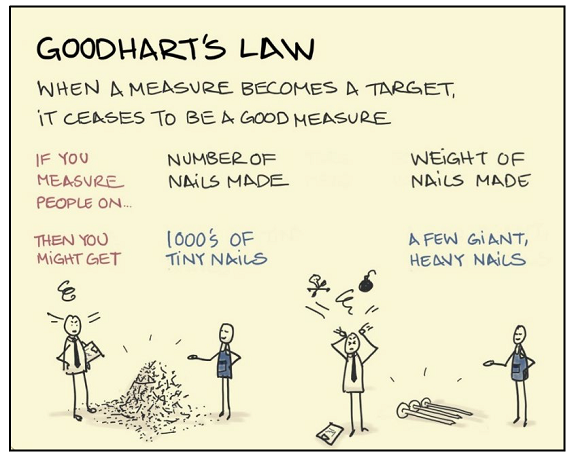
Data items may drive decisions but that doesn't make them good metrics or KPIs.
These are usually derived from the operation of the system. They may be be simple (properties & uptime) or complex (aircraft readiness).
Care must be taken to ensure the metric or KPI measure what you think it measures, and provides appropriate and effective guidance (see Goodhart's Law).
Link to detailed discussion.
Benchmarking and Market Analysis
Benchmarking involves learning about activities and characteristics across industries, organizations, products, methodologies, and technologies to identify best practices, product options, and competitive requirements.
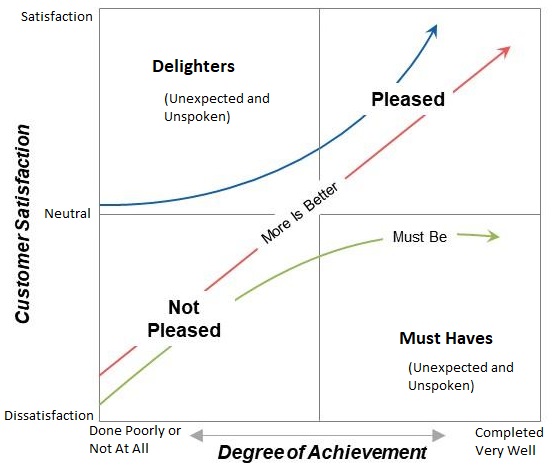
Market Analysis involves studying customers, competitors, and the market environment to determine what opportunities exist and how to address them.
Link to detailed discussion.
Balanced Scorecard
This involves analyzing organizations along four dimensions: Financial, Learning and Growth, Business Process, and Customer.
Analysis of each dimension involves: Objectives, Measures, Targets, and Initiatives.
Remember that business analysis can be as much about the environment as about the solution or the engagement.
I have never used this technique, but I've done all the pieces.
It's another one of those methods that is an organized way to ensure things are looked at from many angles.
Link to detailed discussion.
Business Model Canvas
This is similar to the balanced scorecard technique on the previous slide, but to my mind is geared toward analyzing organizations at a higher level, possibly involving more senior people.
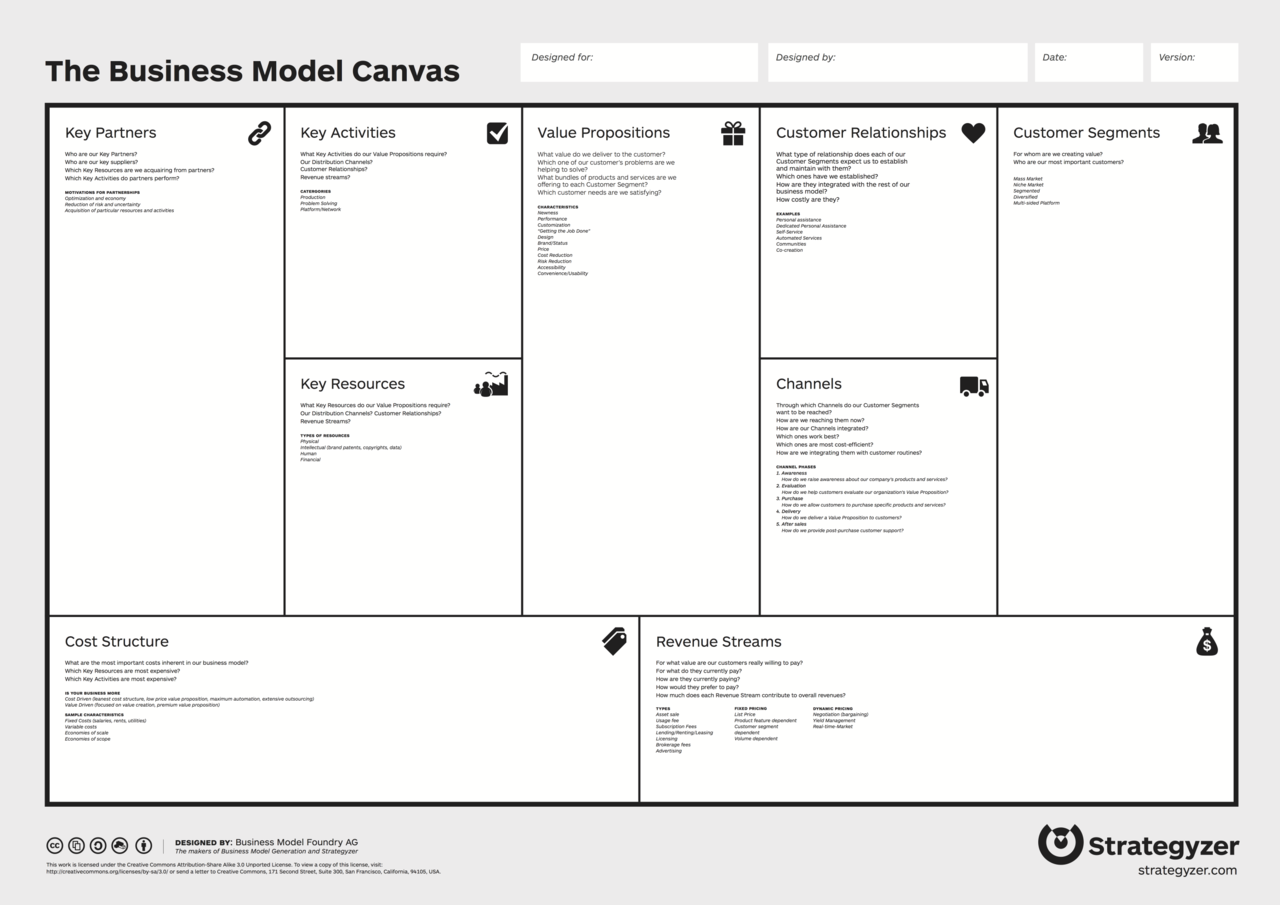
It seeks to evaluate organizations along nine dimensions: Key Partnerships, Key Activities, Key Resources, Value Proposition, Customer Relationships, Channels, Customer Segments, Cost Structure, and Revenue Streams.
Link to detailed discussion.
SWOT Analysis
SWOT is an acronym for Strengths, Weaknesses, Opportunities, and Threats. The basic idea of this analysis is straightforward, but the decisions and actions can be as complex as can be imagined.
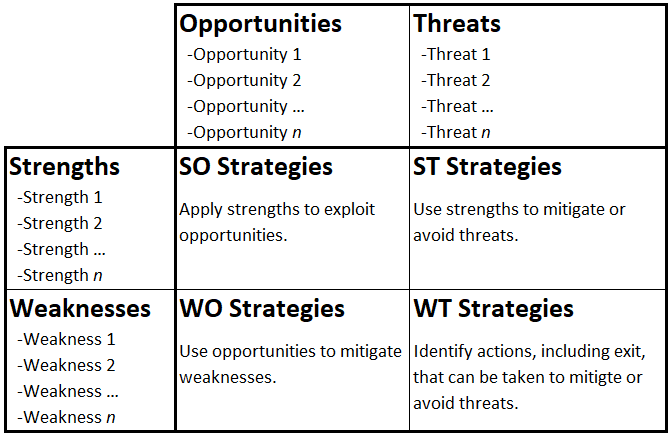
This technique is similar to the classic Important vs. Urgent Grid.
Link to detailed discussion.
Interviews
Interviews are conducted between analysts and participants of all other kinds, often one-on-one, but always involving small numbers of people, which allows the possibility of deeper communication.
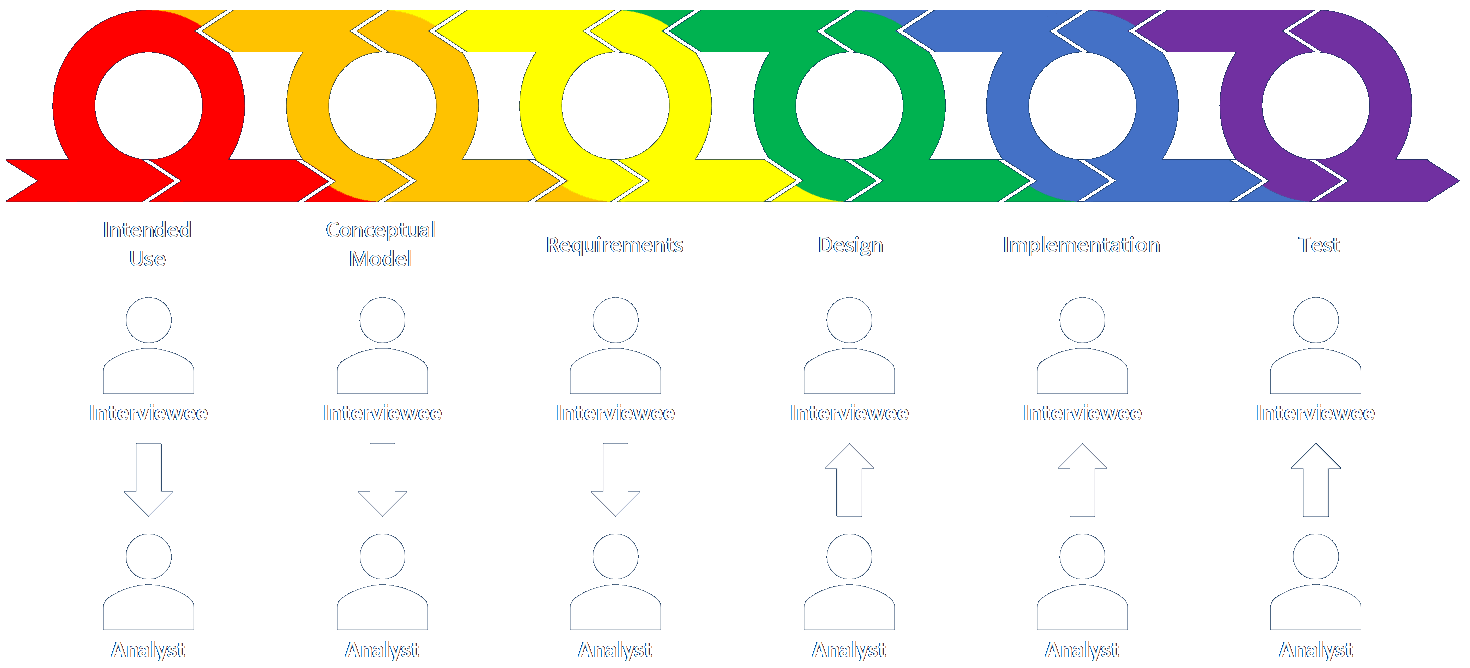

The technique is straightforward, and requires good communication skills, patience, and a willingness to be thorough.
I believe the primary direction of requesting feedback flows in opposite directions in the early vs. later stages of an effort.
Link to detailed discussion.
Focus Groups and Workshops
Focus groups and workshops both involve getting a number of people together at the same time, but the emphasis is different.
Focus groups are generally convened to gauge reaction to a particular product or change. They may involve internal or external participants.
Workshops, by contrast, can be used to accomplish almost any kind of task and produce any kind of outcome.
Link to detailed discussion.
Survey or Questionnaire
This technique is used to solicit potentially large amount of information from a large number of people in a relatively limited amount of time.
These methods have well-known strengths and weaknesses, so be careful when constructing them or consuming results produced by them.
There are different types of surveys and questionnaires, each with their own quirks, so choose appropriate ones for each situation and prepare accordingly.
Work is carried out in three phases, each of which can be quite complex: Preparation, Distribution, and Gather/Analyze/Act.
Link to detailed discussion.
Observation
Many, many different methods of observation can be employed, and they may be used in almost every phase of an engagement. That said, they are most likely to be used in conceptual modeling and testing.
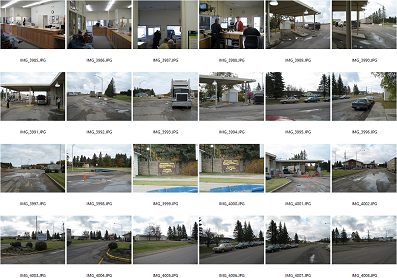

Potential methods can involve guided and unguided walk-throughs; review of drawings; internet research; collection of real-time and historical data recorded from sensors and other programmed activities; direct visual results recorded using notes, logsheets, checklists, and mobile apps; interviews; surveys; photo and video; review of manuals and specs; document review; calculations; general research; and procedures and policies.
The focus can be qualitative (discovery => nouns and verbs) or qualitative (data collection => adjectives and adverbs).
Link to detailed discussion.
Concept Modeling
A concept model, or conceptual model, is an abstract representation of an organization, process, system, or product. It relates the nouns and verbs and other categorizations within and between elements.
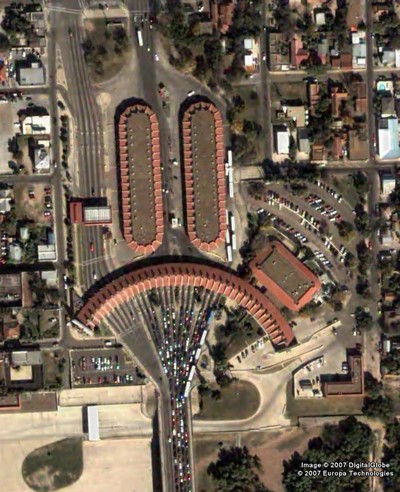
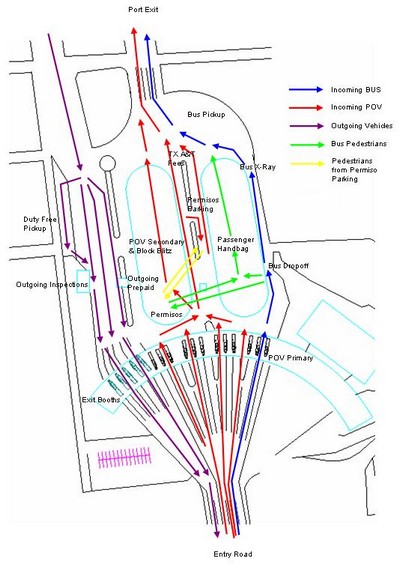
Concept models are constructed to represent existing systems and potential future systems. They can represent the As-Is state or the To-Be state in any level of abstraction.
Concept models can represent all or part of a system or solution.
Link to detailed discussion.
Brainstorming
The simplest way to describe brainstorming is that it is the act of generating as many options as possible, relevant to a particular situation, in a reasonably short amount of time.
This technique can be applied to every phase of an engagement, and many other BABOK techniques (e.g., root cause analysis).
It is often used in design, to consider the widest variety of potential solutions.
The more knowledge and experience that can be applied, and the more different viewpoints, the more possibilities the exercise will be likely to generate.
The exercise should ideally be conducted in an atmosphere of openness where there are no "stupid" ideas.
Link to detailed discussion.
Functional Decomposition
Functional decomposition is similar to brainstorming. A problem should be broken down many ways to identify a clear and effective solution.
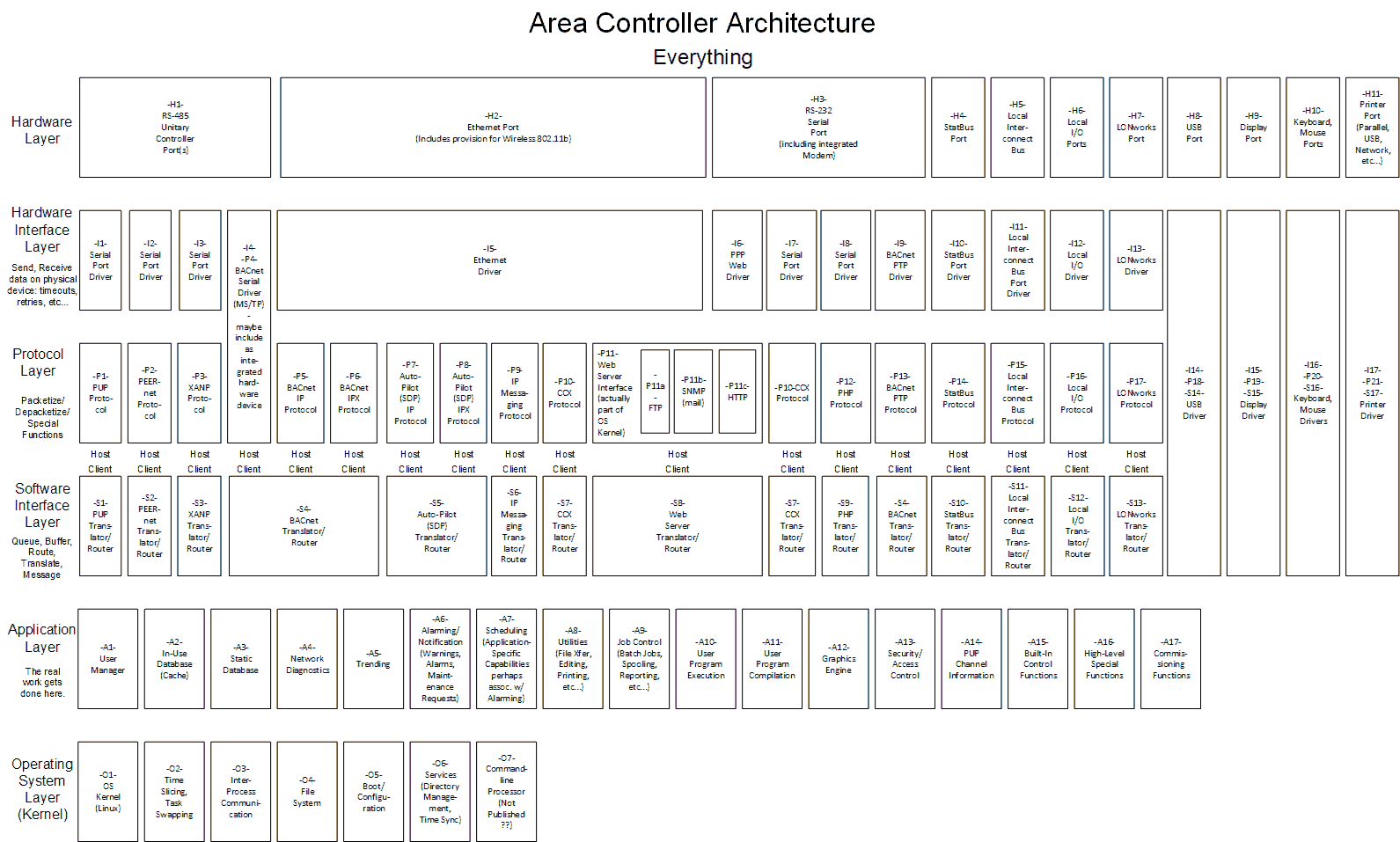
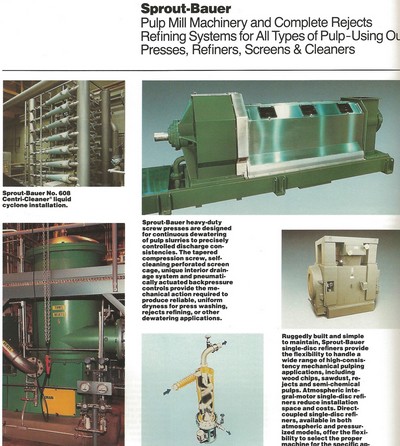
Several categorizations may apply: Decomposition Objectives, Subjects of Decomposition, Level of Decomposition, and Representation of Decomposition Results.
Understanding standard components of a problem helps. This comes from specific industry and organization experience and ad hoc analysis.
Think about the effects changes to every element might have (like an equation with many variables).
Link to detailed discussion.
Mind Mapping
A mind map is a particular type of diagram used for taking notes, organizing thoughts, and understanding hierarchies. Business analysts can use any type of diagram that aids understanding and communication between participants in any engagement.
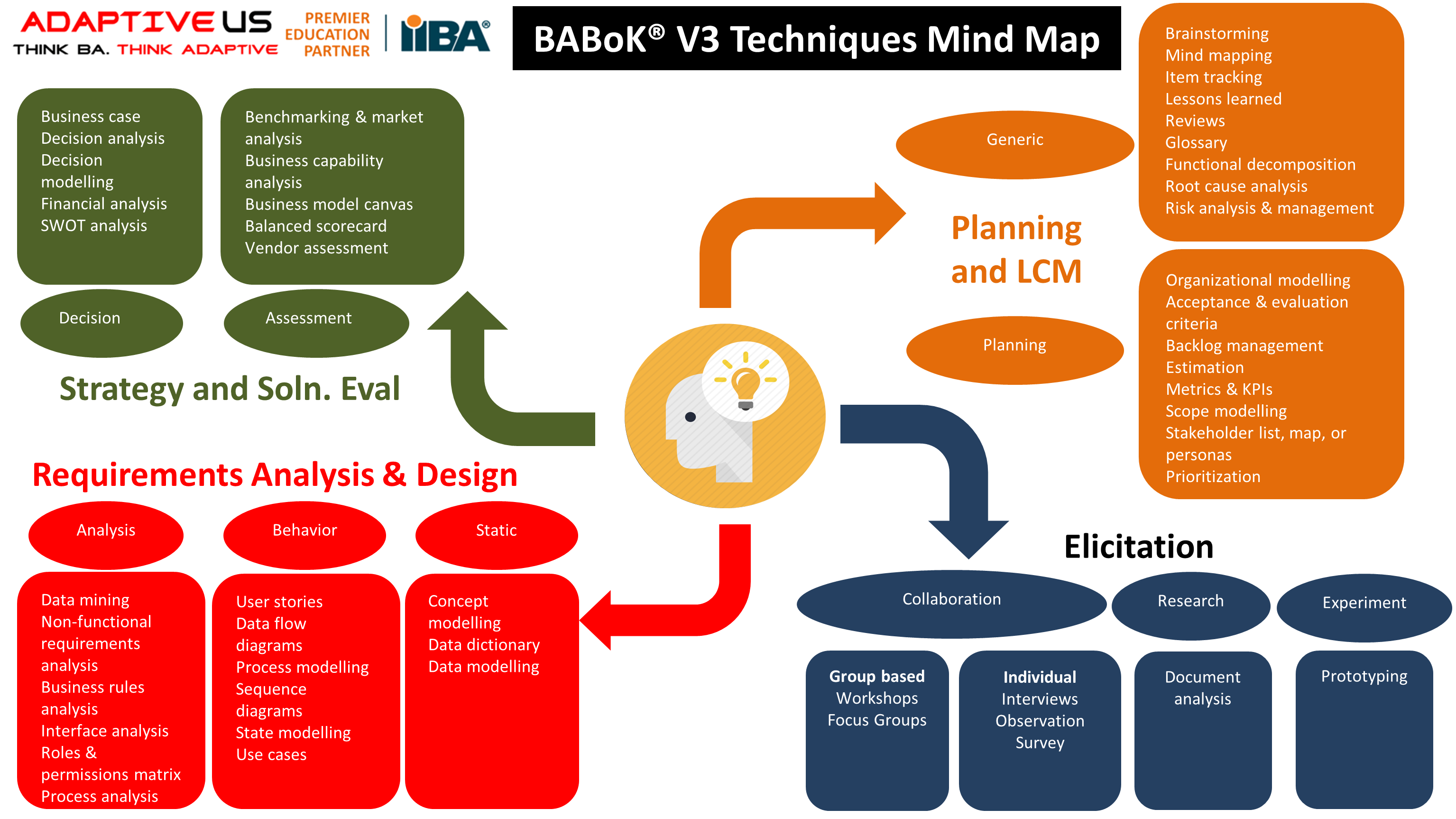
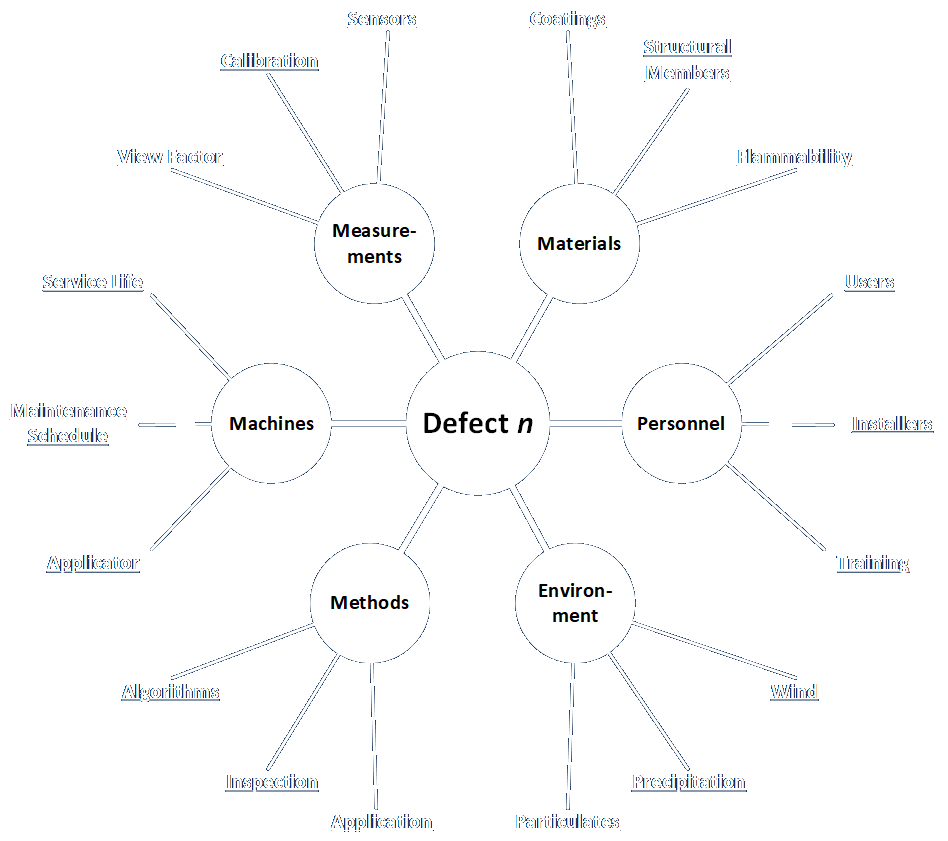
Mind maps are sometimes defined as variations of tree diagrams (which themselves can take on many forms), but in practice people call a lot of things mind maps.
I originally thought mind maps were only products generated by certain software programs meant to show associations between concepts in a relatively freeform way. I've seen people take notes using such apps. Some find this inefficient, but use what works!.
Link to detailed discussion.
Prototyping
This involves creating something that allows investigation of one or more aspects of the solution being developed.
This creation can be physical, in the case of mock-ups meant to illustrate a concept or explore ergonomics or test a subsystem or plan manufacturability, or abstract, in the case of diagrams or storyboards or process descriptions or user interface designs.
They range from throw-aways to fully functional aircraft (many fascinating examples of which are still found in museums).
They are created to explore many facets of a potential solution.
Simulations are an important class of prototype.
Link to detailed discussion.
Data Mining
This is the processing of large quantities of data to glean insights and support decisions.
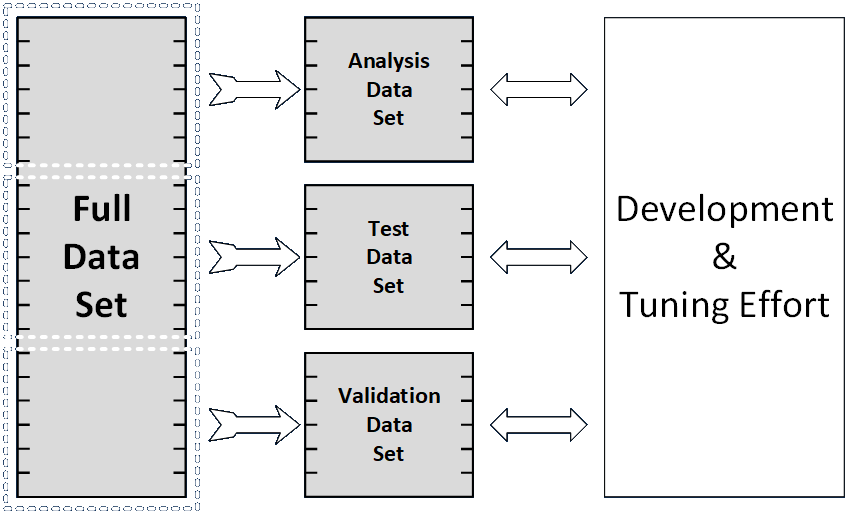
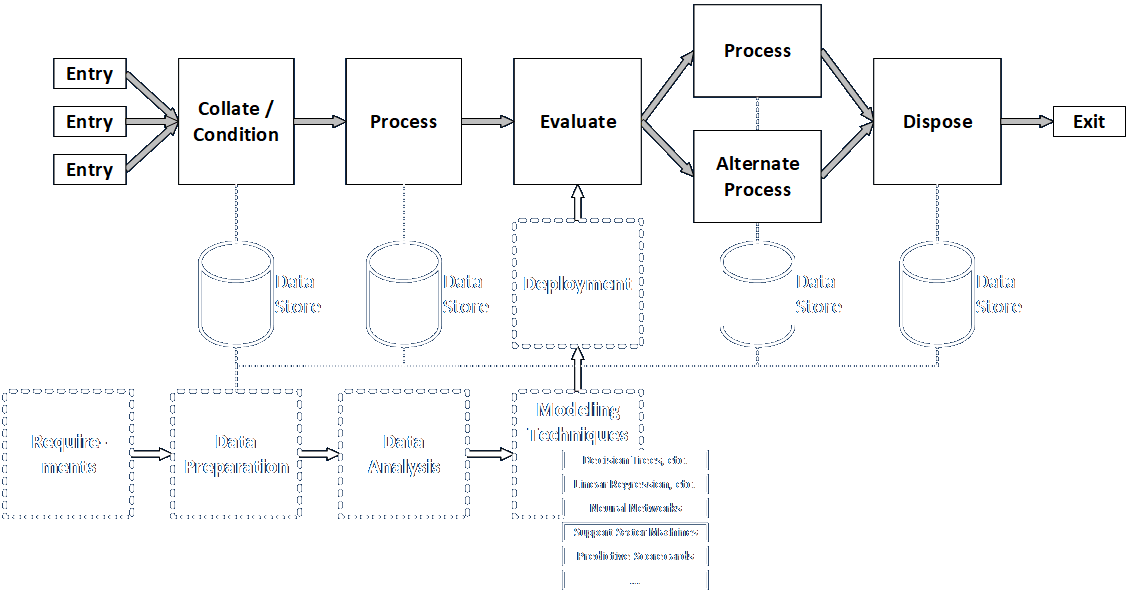
Techniques may be descriptive, diagnostic, or predictive.
Top-down methods are used to develop algorithms. Bottom-up methods are used to discover patterns. Supervised methods look for something specific. Unsupervised methods are applied blindly to see what emerges.
The process follows five general steps: Requirements Elicitation, Data Preparation: Analytical Dataset, Data Analysis, Modeling Techniques, and Deployment.
Link to detailed discussion.
Scope Modeling
Whatever the BABOK specifically says, in the end this technique is about identifying what is in the scope of the current problem and what is out of scope.
A careful and thorough understanding of the system under investigation is always needed.
Omissions, simplifications, and assumptions should be thoroughly documented.
Sensitivity analyses can help determine what should be included.
This sometimes involves defining appropriate boundaries between connected systems.
Link to detailed discussion.
Business Capability Analysis
Link to detailed discussion.
Business Cases
Link to detailed discussion.
Collaborative Games
Link to detailed discussion.
Data Flow Diagrams
Link to detailed discussion.
User Stories
Link to detailed discussion.
Vendor Assessment
Link to detailed discussion.
This presentation and other information can be found at my website:
E-mail: bob@rpchurchill.com
LinkedIn: linkedin.com/in/robertpchurchill